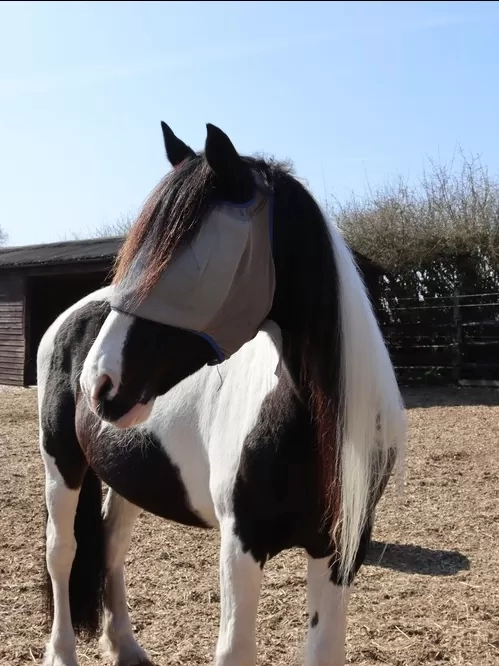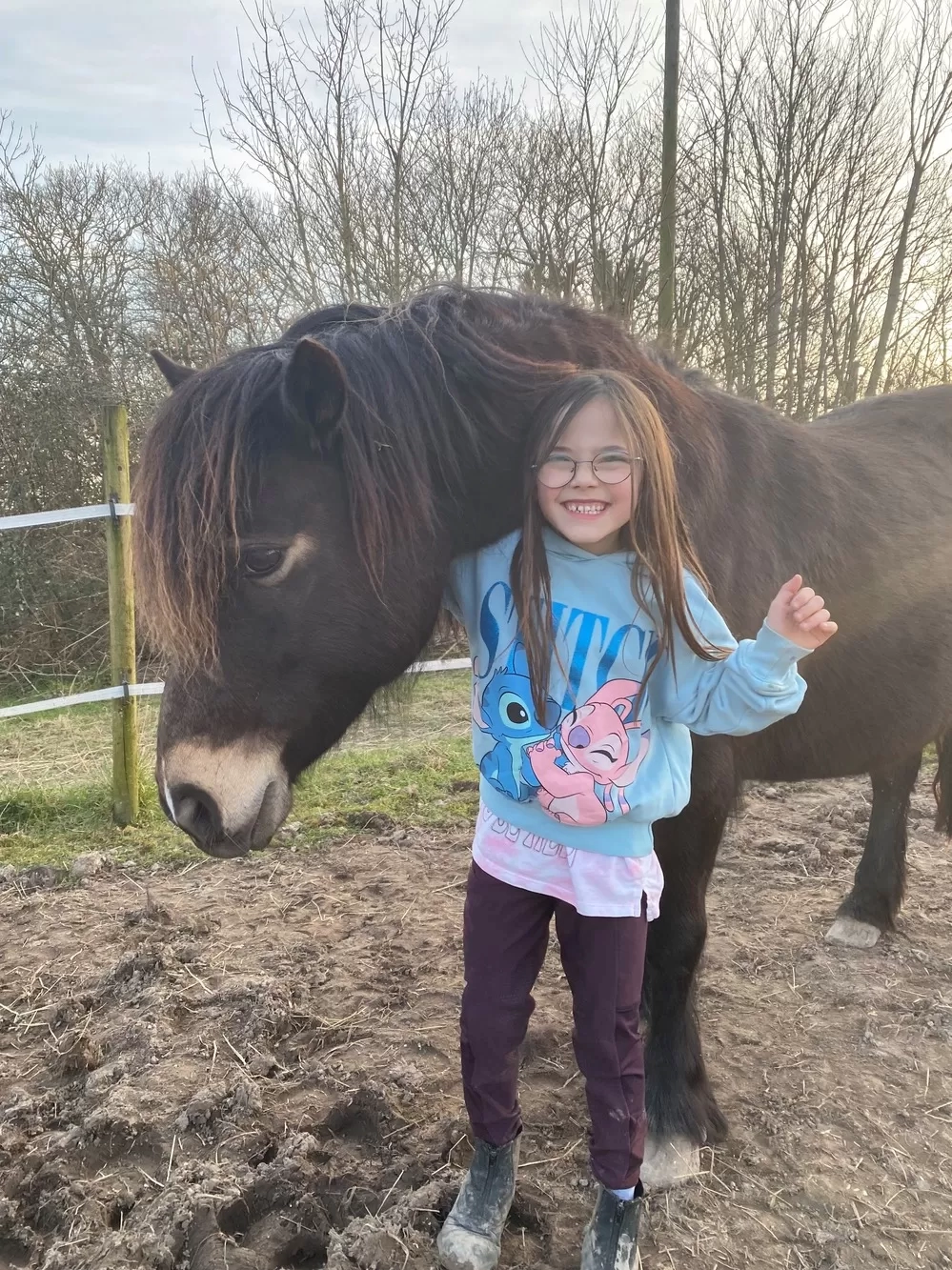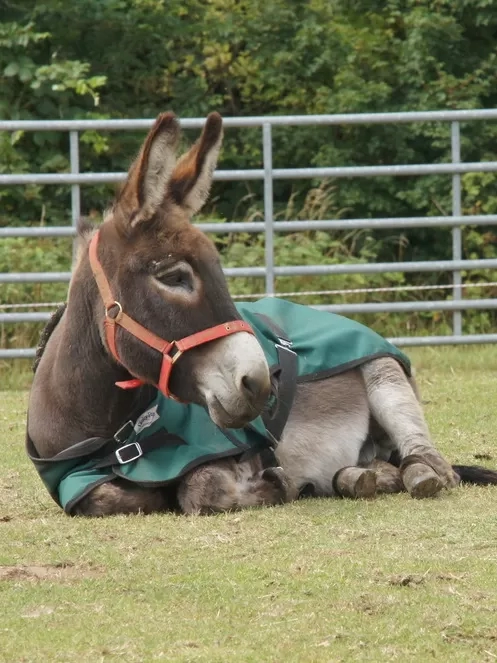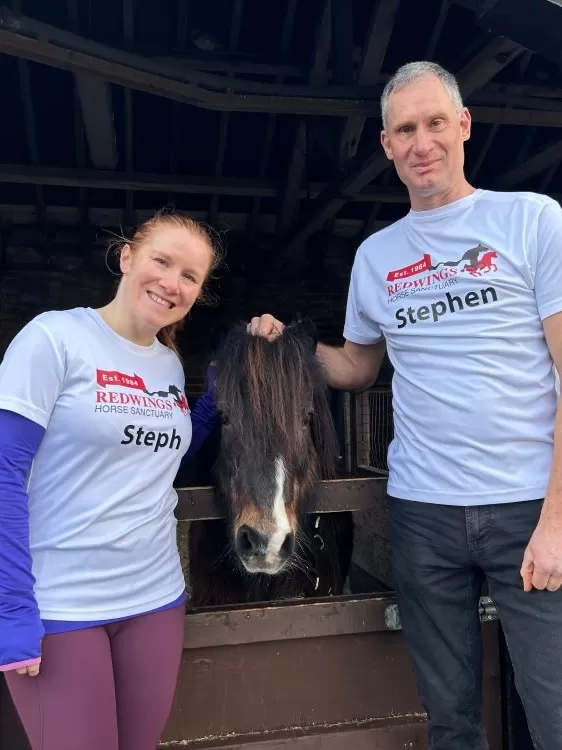10 November 2021

We've all heard about Movember, but did you know some of our horses can give many people's moustache's a good run for their money?! Beth Cooper explains why horses' whiskers are so important.
In July 2021, the International Federation for Equestrian Sports (FEI) banned horse whisker trimming from their competitions.
This was seen as a huge win for equine welfare against the (often unintentional) cruelty of removing horses’ whiskers and sensory hairs. While big hairy moustaches may not be a problem for the likes of Valegro and En Vogue, many of our cobs sport very fine facial hair – and they should be left alone.
As I’m sure you know, whiskers are not like normal hair. Horses are covered in two types of hair; guard hairs and wool hairs. Guard hairs are the type which are present all year round, and even develop into specialised types like the hair of the mane and tail, whereas the wool hair grows through in the winter and sheds in the spring.
Whiskers are a modified type of guard hair – the same way that eyelashes are. These are called tactile hairs and are used by horses as a way of retrieving more information about their environment. Tactile hairs are special because they’re thicker, tend to be longer, and they grow from deep within the skin, in a follicle filled with nerve endings. This is what makes them so sensitive, and so effective at their job.
Whiskers give horses a wide range of information that they might not be able to see (because of the blind spot under their mouth and nose). They help horses discriminate between textures, or judge distance. Foals use their whiskers to locate teats in order to suckle. Whiskers are also a vital part of mutual grooming, providing extra stimulation to their nerves and brain, as well as feeling their friend’s skin and muscles moving in order to assess their mood and reaction.
Moustaches can be filled with whiskers too, which is why it's best to try and avoid removing a horse's moustache. As the horse grazes, the soft moustache hairs can become broken down and rub off, leaving the stronger and longer whiskers behind to continue their important work.
Otherwise, if the moustache is there to stay, it’s best for your horse’s welfare if you leave it. Include washing and brushing as part of your grooming routine to ensure that it doesn’t become matted and uncomfortable, and if you have concerns, you can always consult with a vet for advice about whether or not to trim.
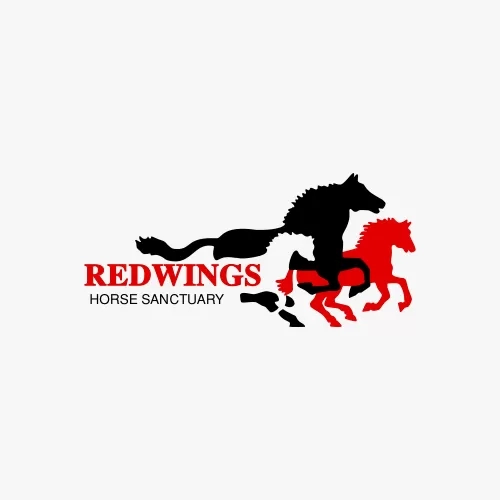
Redwings Press Office
Find out more about Redwings Press Office
